Lentiviral deep mutational scanning to map functional constraint and antibody escape for viral entry proteins
Jesse Bloom
Fred Hutchinson Cancer Center
These slides: https://slides.com/jbloom/lenti-dms-antibody-escape
Viral evolution poses numerous challenges
-
Erosion of pre-existing immunity
- Humans are repeatedly re-infected with viruses like influenza and SARS-CoV-2 because virus evolves to reduce antibody neutralization.
-
Escape from monoclonal antibodies
- All SARS-CoV-2 antibodies that had received FDA EUA in 2020 or 2021 had been escaped by the dominant SARS-CoV-2 variants by 2023.
- An anti-RSV antibody (septavumab) failed phase 3 clinical trials because it was escaped by mutations in one of the two clades (B) of RSV.
-
Adaptation to new hosts
- Viruses can acquire new mutations that enable them to extend their host range to new animals, including humans
Deep mutational scanning can help understand and combat this evolution
1) Define inherent functional constraint at each site in the target viral protein. This helps with choosing antibodies with epitopes that are unlikely to change.
2) Measure how all mutations to a viral protein affect antibody neutralization or host adaptation. This helps create "watch lists" of mutations.
3) Inform the design of cocktails or multivalent antibodies that have non-overlapping escape mutations, and so will be hard for the virus to escape.
4) Help choose which strains should be included in annual vaccines.
5) Understand heterogeneity of antibody immunity across the human population.
Background: neutralizing antibodies typically target viral entry proteins
- SARS-CoV-2 spike
- influenza hemagglutinin
- rabies G protein
- HIV envelope protein
- Lassa virus glycoprotein
- Nipah virus G and F proteins
- RSV G and F proteins
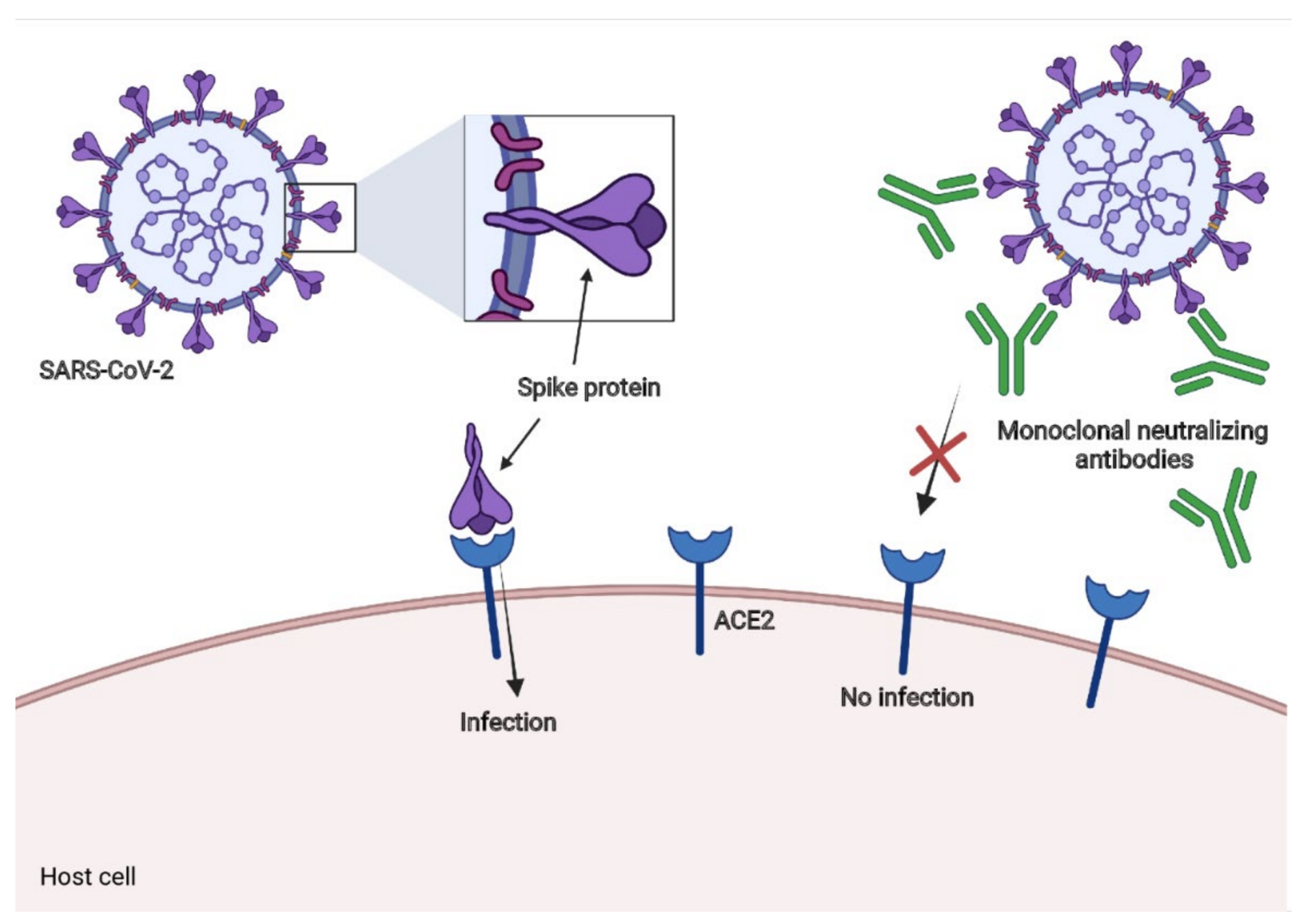
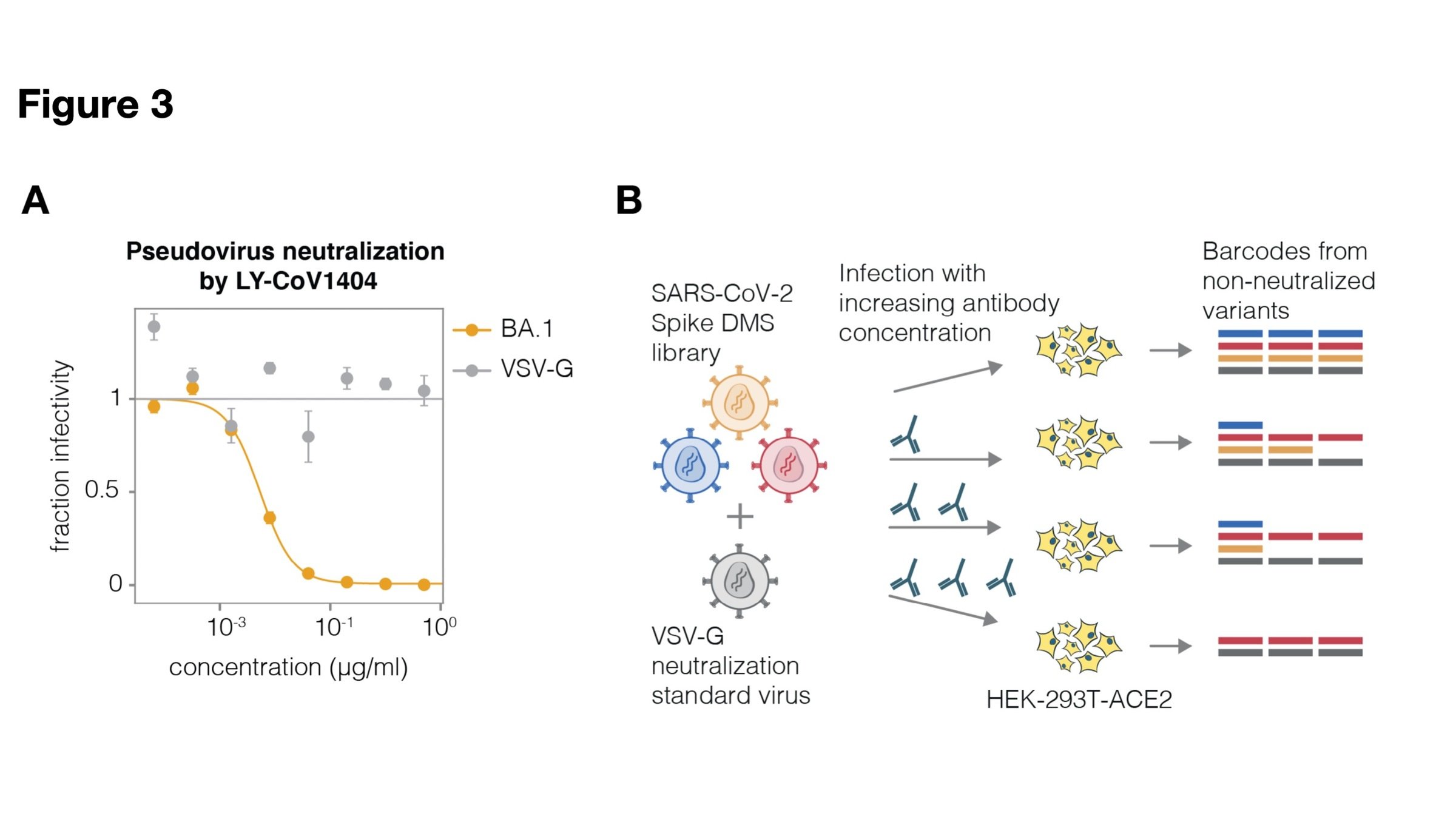
Deep mutational scanning: pseudoviruses with mutants of viral entry protein
Example for SARS-CoV-2 spike from Dadonaite et al, Cell, 2023

Cell entry in absence of antibody measures functional effects of mutations
Example for SARS-CoV-2 spike from Dadonaite et al, Cell, 2023

Cell entry with antibody measures effects of mutations on neutralization
Example for SARS-CoV-2 spike from Dadonaite et al, Cell, 2023
Approach is safe (uses pseudoviruses) and works for many viral entry proteins
Has been successfully applied to the following proteins by Bloom lab:
- SARS-CoV-2 spike: Dadonaite et al Cell (2023); Dadonaite et al Nature (2024)
- Influenza hemagglutinin: Dadonaite et al bioRxiv (2024)
- HIV Envelope: Radford et al Cell Host & Microbe (2023)
- Lassa virus GPC: Carr et al Immunity (2024)
- Nipah virus RBP: Larsen et al bioRxiv (2024)
- Rabies virus G: unpublished
- RSV F: in progress
- CHIKV E: in progress
Example: constraint on H5 influenza HA
Example: escape from Lassa antibodies
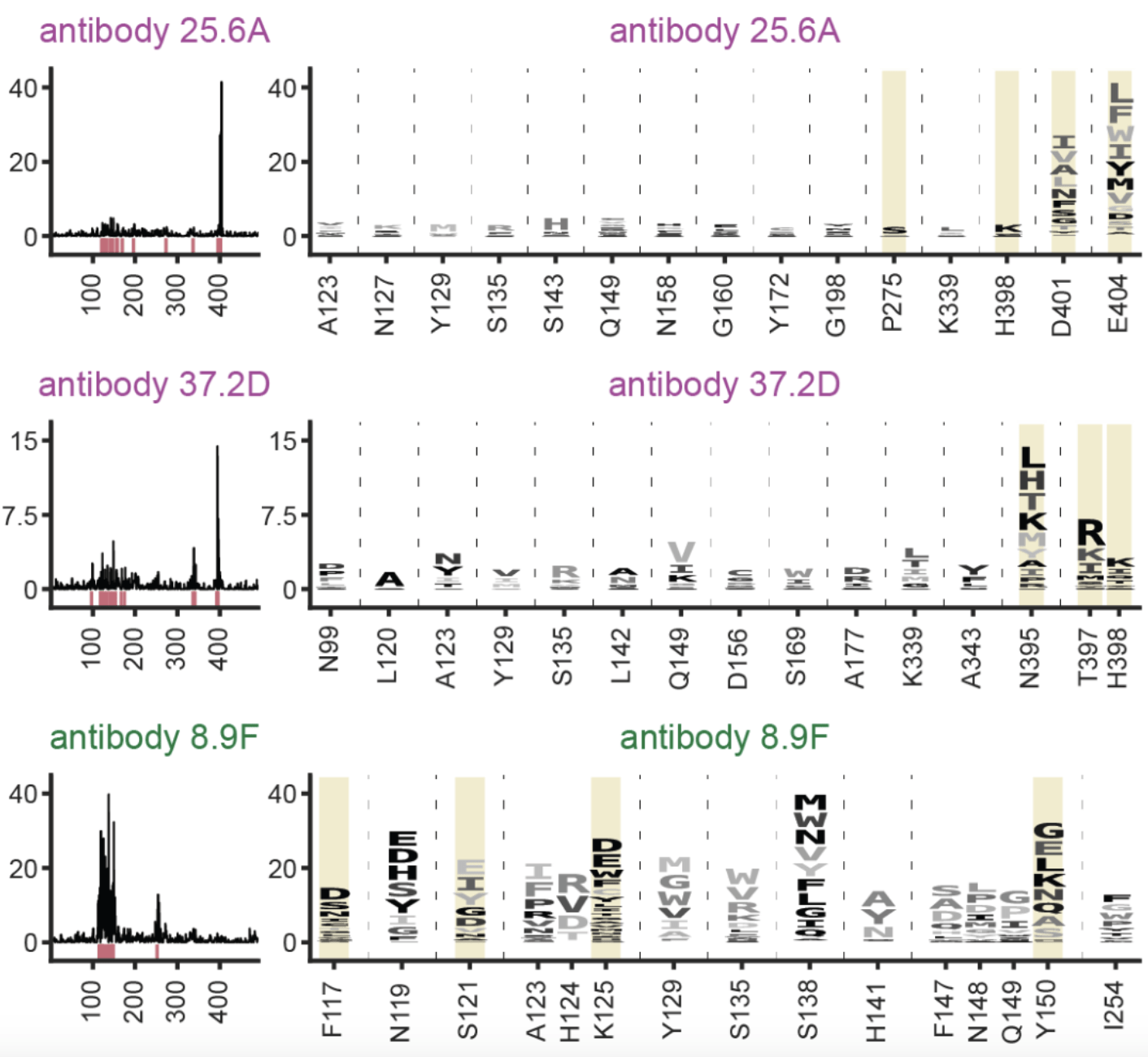
Escape
Black letters indicate mutations that are well tolerated, gray indicates mutations that impair viral protein function.
Inform antigenic surveillance
The following slides explain some technical details
Lentiviral pseudotyping
- Many enveloped viruses have entry proteins amenable to lentiviral pseudotyping.
- Safe and well-established way to study cell entry function of these proteins
- However, traditional pseudotyping does not create genotype-phenotype link.
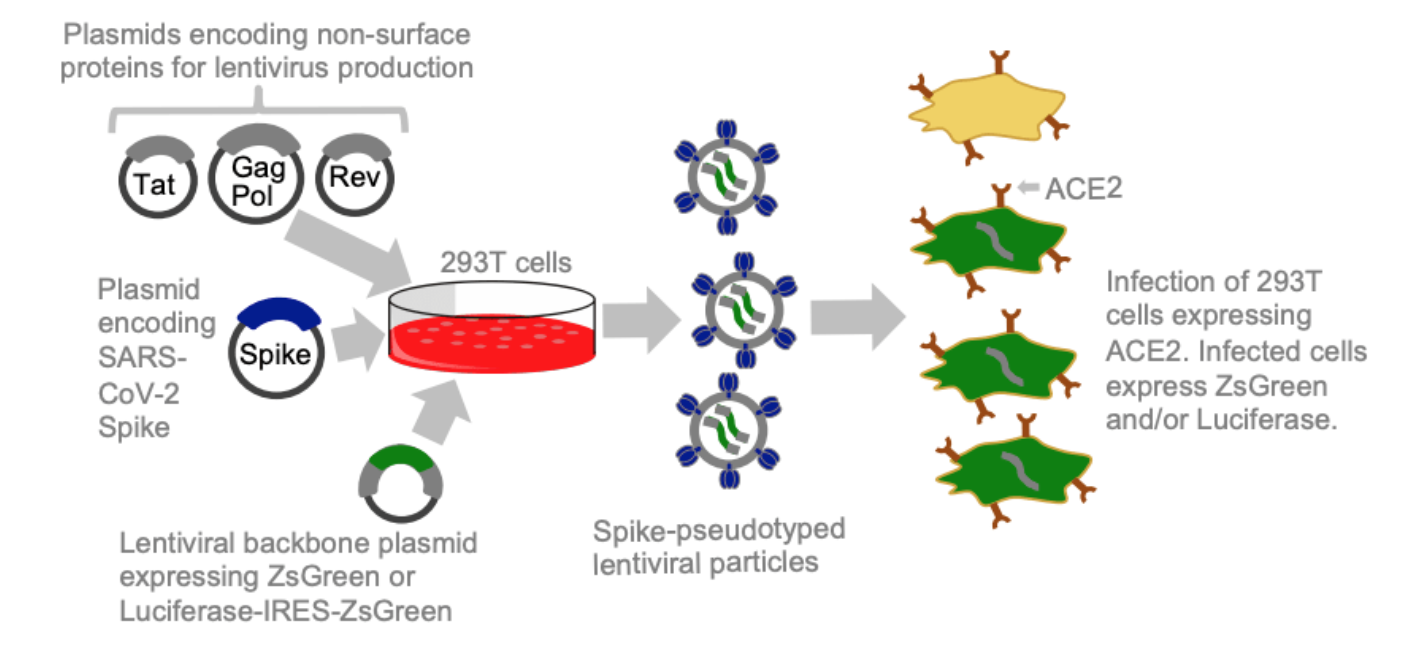
Two-step method to create genotype-phenotype linked pseudotype libraries
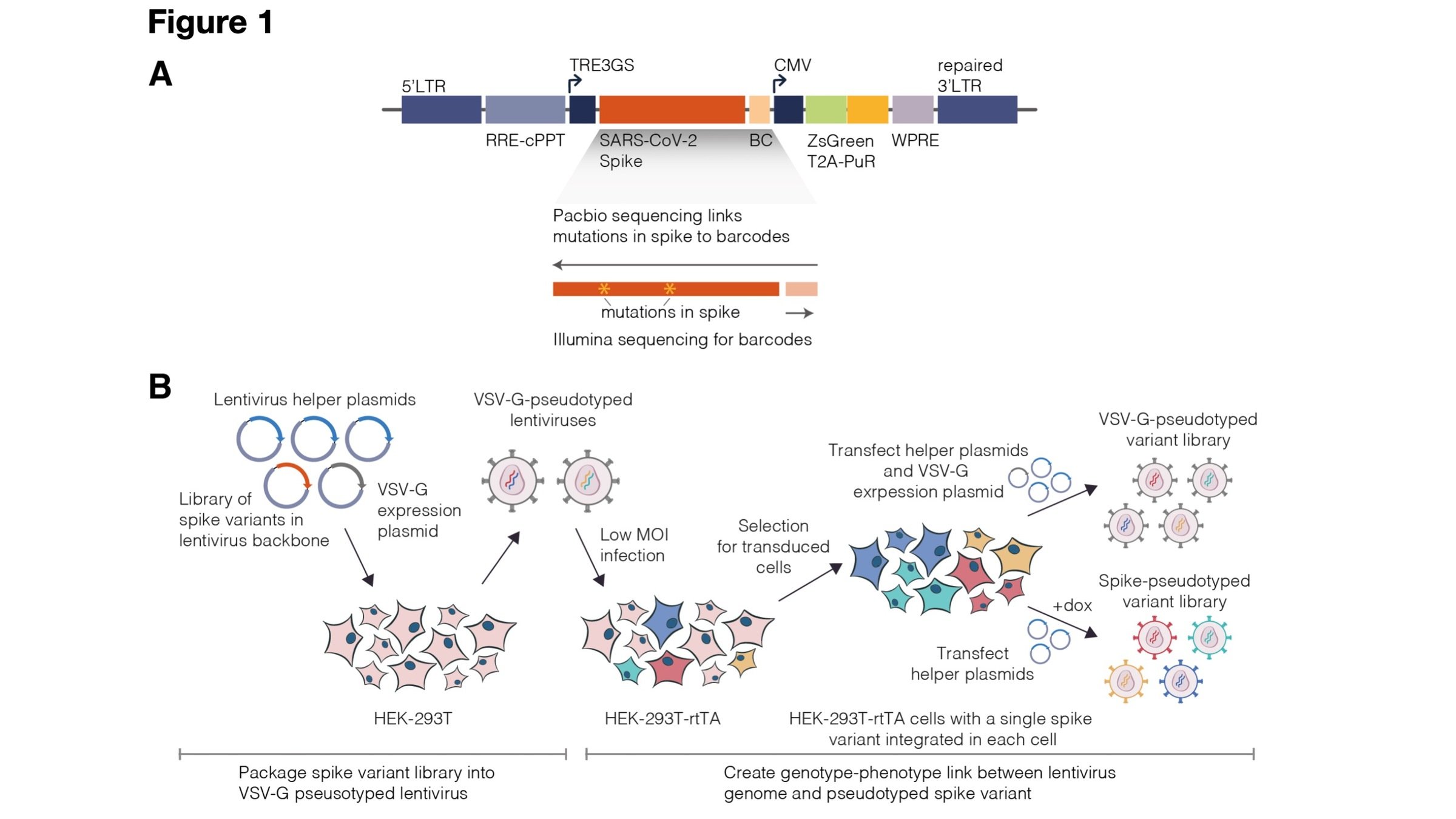
Two-step method to create genotype-phenotype linked spike-pseudotypes

Sequencing measures relative amounts, so include neutralization standard
